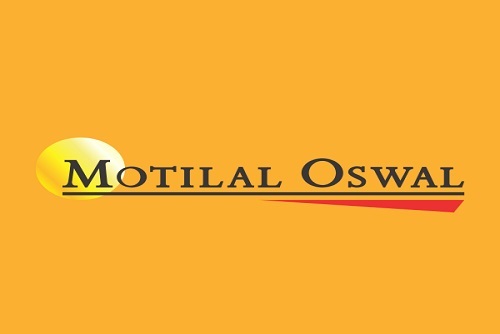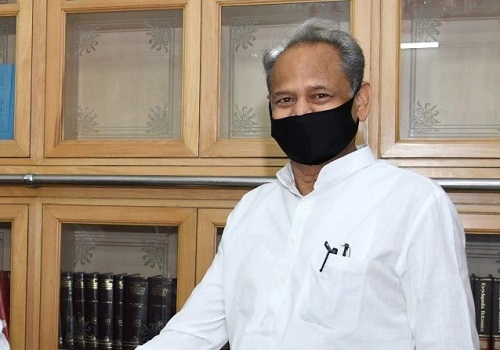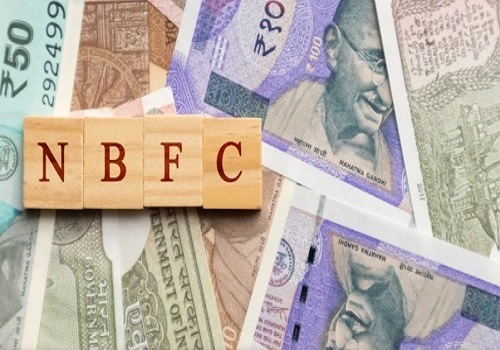World oil demand projected to average 100.3 mb/d: Motilal Oswal Financial Services Ltd

Follow us Now on Telegram ! Get daily 10 - 12 important updates on Business, Finance and Investment. Join our Telegram Channel
Demand recorded robust growth mainly due to a strong economic rebound in Q1FY22
According to the Energy quarterly report of Motilal Oswal Financial Services, the world oil demand projected to average 100.3 mb/d (million barrels per day), which is 0.2 mb/d lower than the previous month’s estimates and approximately 0.1 mb/d higher than 2019. In 1Q22, world oil demand recorded robust growth, mainly due to a strong economic rebound, supported by stimulus programs and a further easing of COVID containment measures amid accelerated vaccination rollouts.
Crude oil markets were gripped with many factors- recession, demand destruction, supply disruptions and rock bottom spare capacity to name a few. It looks like volatility is here to stay in oil markets for a good period of time. These events occurred against a backdrop of low oil inventories and persistent upward oil price pressures.
Rapid inflation, soaring oil prices and global instability have led forecasters to sharply lower their estimates of economic growth this year, and to raise their probabilities of an outright contraction. Investors share that concern: The bond market last week flashed a warning signal that has often — though not always — foreshadowed a downturn.
Monthly reports:
OPEC slashed for a second month running its global oil demand growth estimate for 2022 amid slower global economic growth, China’s fight against COVID, and the Russian invasion of Ukraine. OPEC’s second-quarter demand estimate was revised down by a massive 670,000 bpd to 98.44 million bpd, but average global oil demand is set to exceed the 100 million bpd mark in the third and fourth quarters, with Q4 demand seen at 102.64Mbpd. At the start of the second quarter, in April, Chinese refiners slashed crude processing by 11% annually due to weak demand. At 12.61Mbpd, crude throughput in China last month was at its lowest since March 2020, and compares to 13.8 Mbpd in March 2022 and 14.09 million bpd in April 2021.

Sanctions:
The European Union has been discussing an oil embargo on Russia as part of its sixth sanction package, but it has been unable to convince all member states to vote for an embargo. Hungary and Slovakia got extensions until 2024 to replace their suppliers of oil, but Hungary is still against an embargo. Bulgaria has threatened to veto the embargo unless it receives an exemption, too. The rest of the European countries will have a grace period of six months to wind down their oil purchases from Russia and replace them with imports from elsewhere. For oil products, the proposed grace period is eight months.

Demand:Rising interest rates around the world, tightening credit conditions and the impact of inflation on household and business budgets are all likely triggers for a slowdown. U.S. gasoline demand is not going down despite record-high gasoline prices, which have been beating previous all-time highs on a daily basis. The post-pandemic economic boom in 2021/22 has exceeded the capacity of refineries to make enough of them and severely depleted inventories across North America, Europe and Asia:
• Europe’s distillate stocks fell to 378 million barrels at the end of April, the lowest seasonal level since 2008 immediately before the onset of the recession and financial crisis.
• Singapore’s distillate stocks fell to 6 million barrels in the first week of May, the lowest seasonal level since 2006.
• U.S. distillate fuel oil inventories stood at 105 million barrels last week, the lowest for the time of year since 2008.
U.S. Summer Driving season:
Americans are getting back behind the wheel, despite higher fuel prices. The Federal Highway Administration said- motorists drove 277.4 billion miles (446.4 billion km) in March, up 7.9 billion miles over the same month in 2021, and up 5 billion miles over March 2019. U.S. driving first topped pre-pandemic 2019 levels in January as Americans return to offices and businesses and leisure trips continue to rise. For India, India’s sustained uptrend in oil consumption came to a halt and slipped into the red in April from March levels as rising domestic retail fuel prices on the back of surging crude took a toll on gasoline, diesel and LPG demand, but the trend could get reversed in May. Gasoline demand fell 3.8% MoM in April from a three-year high in March, when COVID related curbs were withdrawn and consumption rose sharply.

The longer-term outlook for oil also remains bullish as Russia’s production is falling faster than expected and a lot of it may be lost irreversibly. The global oil market remains in a structural deficit and would need much higher prices to regain its balance, as Chinese demand is already recovering and on the other hand, Russian oil production could fall by another 0.5Mbpd. Unless the war in Ukraine spills over to the rest of Europe, the next recession looks more likely to resemble that of 1990-1991 than of 2007-2008. If that’s the case, oil demand may be weakened from the downturn, but it should still see annual growth. Oil prices would drop, but they likely won’t collapse.
To Read Complete Report & Disclaimer Click Here
For More Motilal Oswal Securities Ltd Disclaimer http://www.motilaloswal.com/MOSLdisclaimer/disclaimer.html SEBI Registration number is INH000000412
Above views are of the author and not of the website kindly read disclaimer
























